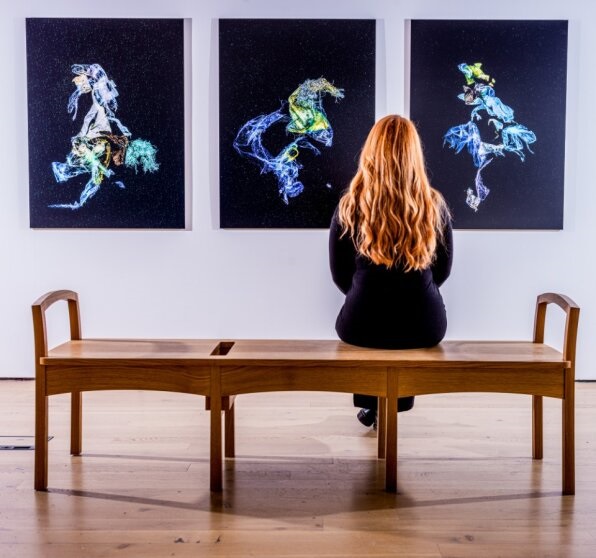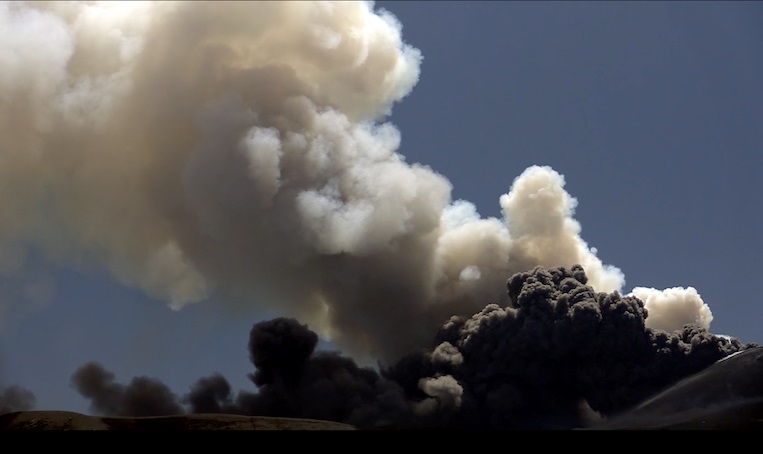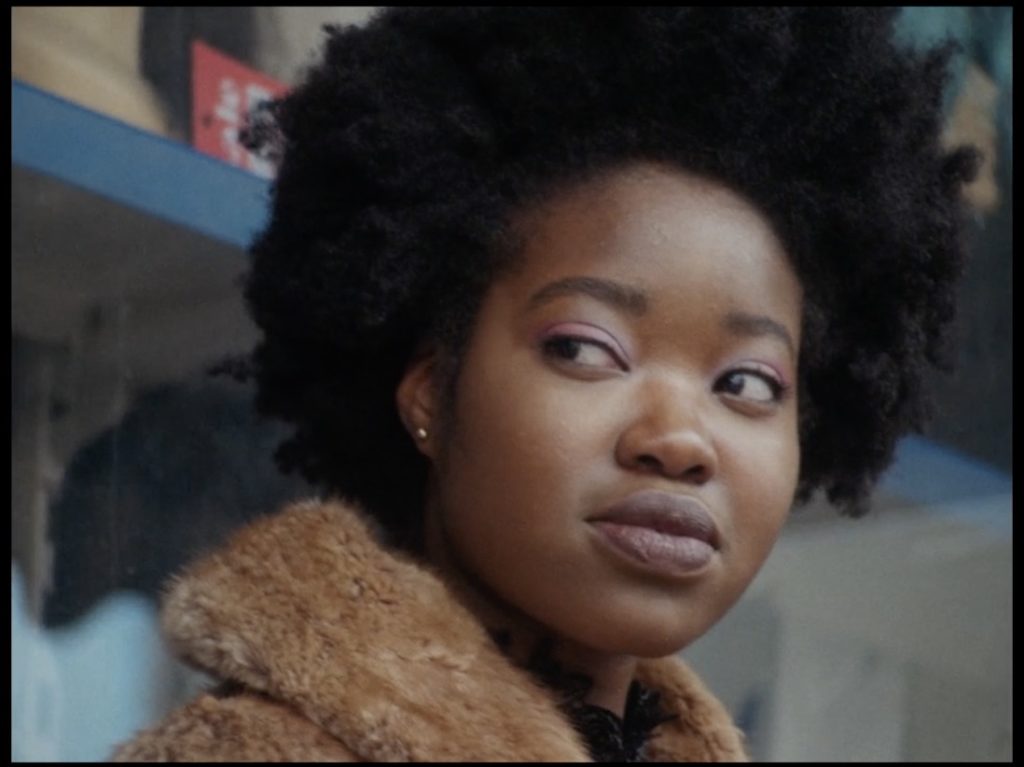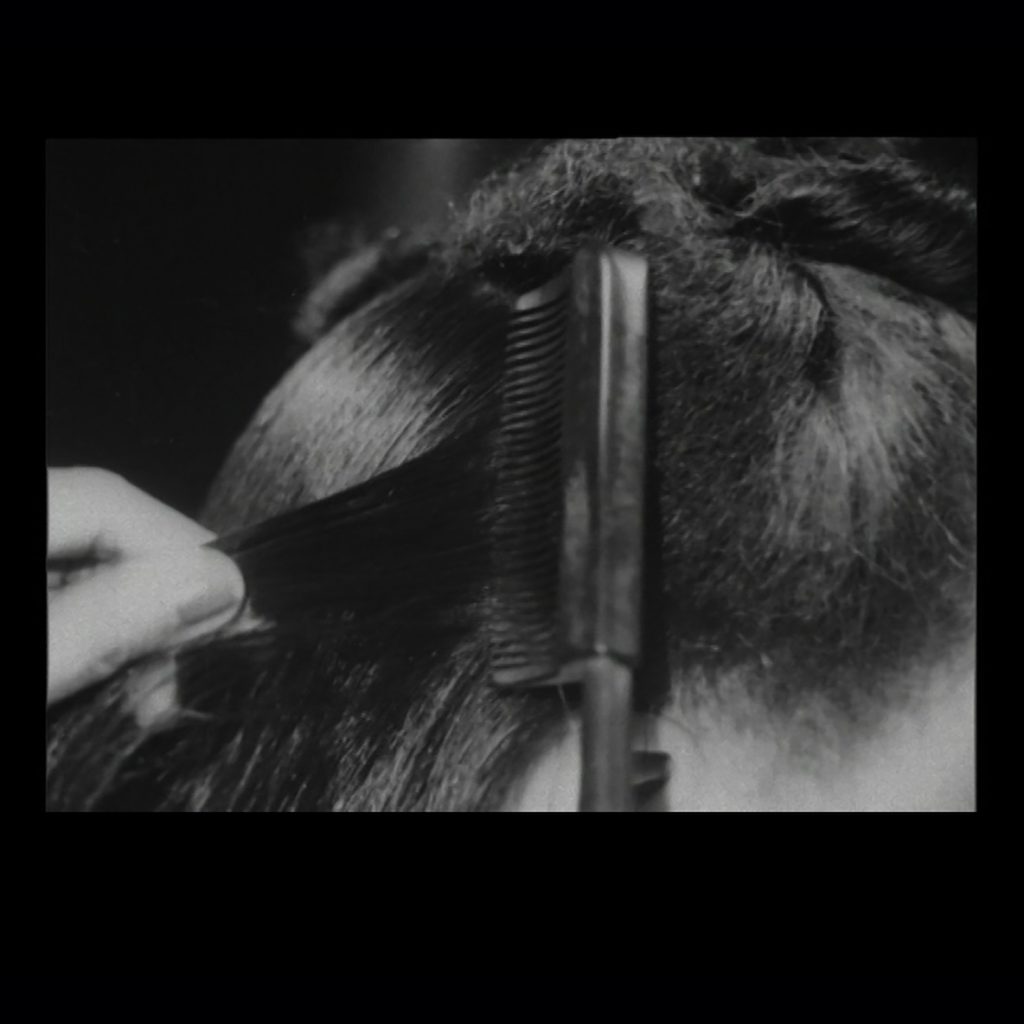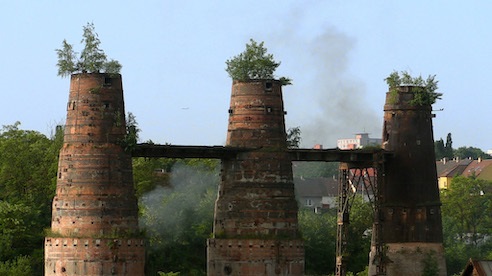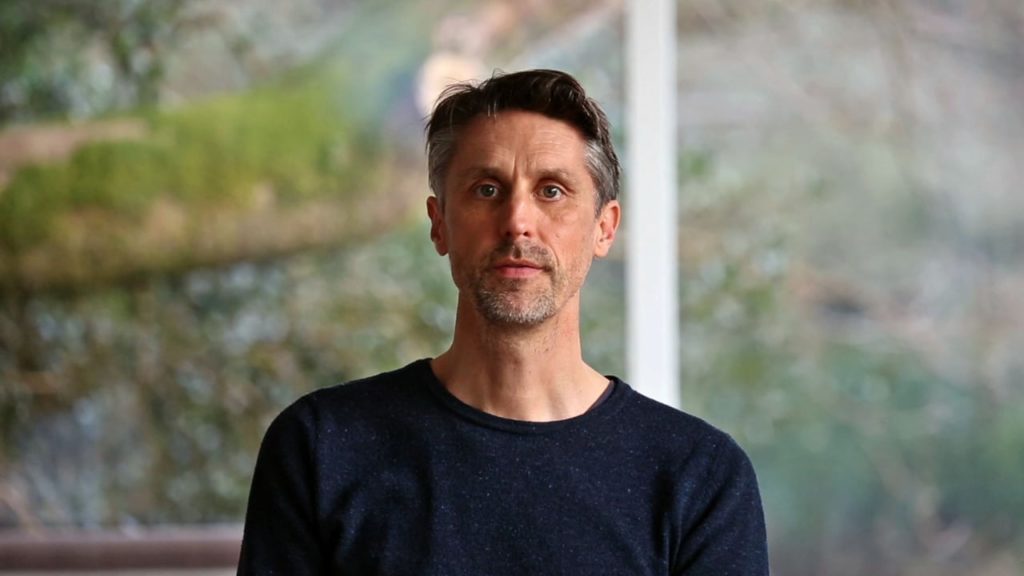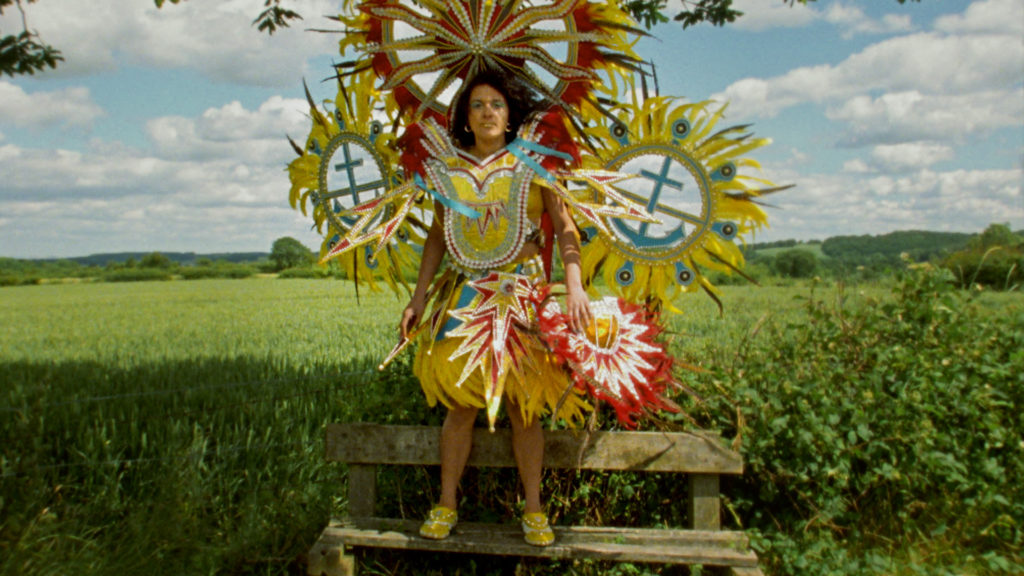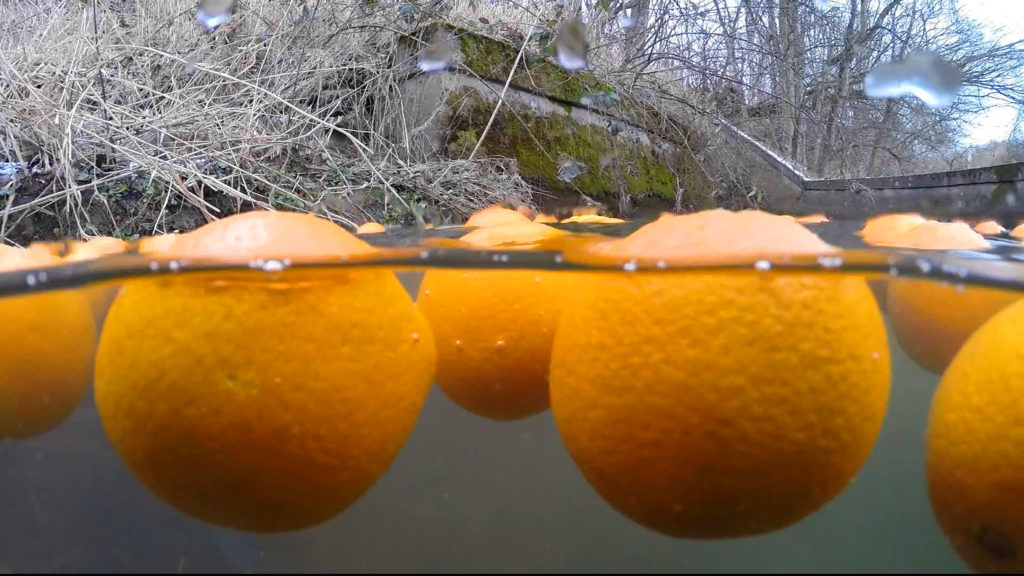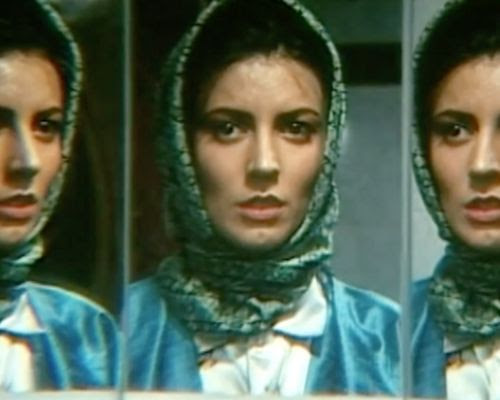
MARYAM Tafakory has won the main award in the Aesthetica Art Prize 2024 in York and Gala Hernández López is the Emerging Prize winner.
Tafakory takes home £10,000 prize money, Hernández López, £1,000, plus exhibition, publication and further opportunities for development, although ‘take home’ would be a misnomer as the winners were among only three out of 21 shortlisted finalists who were not present at last Thursday evening’s awards ceremony in the Burton Gallery at York Art Gallery.
Tafakory’s artist film, Nazarbazi [the play of glances], explores love and desire in Iranian cinema, where depictions of intimacy between women and men are prohibited.
Artist, researcher and filmmaker Hernández López’s film, The Mechanics of Fluids, travels the internet in search of the digital trace of an incel [an involuntary celibate], finding troubling signs of isolation and solitude along the path of doom-scrolling in the dark web.
The winners were chosen by jurors from key institutions such as IKON, Serpentine Gallery, Turner Contemporary and the V&A from a shortlist of 21 trailblazing contemporary artists whose works are on view at York Art Gallery until April 21, alongside three screens showcasing work by 280 longlist artists picked from the 5,117 works entered.
Launched to coincide with the Future: Now symposium, the Aesthetica Art Prize competition and exhibition is run by York art magazine Aesthetica as “a testament to shared creativity in a time of immense change”.
The annual competition for new talent shines a light on artists who are redefining the parameters of contemporary art, “giving York a first look at a who’s who list of practitioners who will start to appear in major collections and exhibitions worldwide”.

Director Cherie Federico says: “Contemporary art can change the world and here in York, which is one of 22 global UNESCO City of Media Arts cities, we are doing just that.
“It’s unexpected for York to be the destination for global conversations around contemporary artistic practice, but we are pushing the envelope with powerful works and bold programming that looks at every facet of life in the 21st century. The pieces on display are timely, immediate and necessary.”
The artists address such themes as the climate crisis, colonial legacies, the impact of technology and artificial intelligence, inequality across society, racism, white supremacy, the patriarchy and gender diversity.
“The Aesthetica Art Prize is about art being a conduit to make sense of the world around us. As we progress – and that’s a term for debate – we must look at what we gain and what we lose,” says Cherie.
“The world of augmented and virtual reality, constant connections, instant access, the metaverse, phones, selfies and satellites is loud and intrusive. We need to look at the balance of things and understand that there needs to be an equilibrium. We must look humanity straight in the eye and not be afraid to ask hard questions.”
Under the Future: Now title, the prize exhibition confronts life in the 21st century, from beautiful universal human moments to a lack of regulation of internet culture and the destruction of our planet’s oceans. Elsewhere, audiences can discover work spanning the boundaries of painting, photography, sculpture, video, mixed-media and installation.
“The artists on both the short and long lists are reminding us of the challenges we face on a global scale: the residue of colonialism; the Anthropocene geological age; war; the destruction of the climate on such a grand scale that I don’t even think we can truly grasp it; gender inequalities and ongoing discrimination which still exists,” says Cherie.
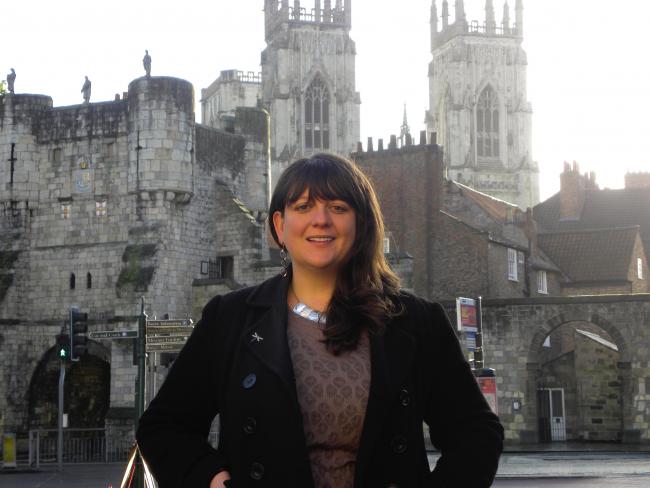
“Art is a powerful agent of change. Throughout history it has influenced societies, challenged norms, questioned the status quo, raised awareness and prompted new perspectives. It reflects the cultural context in which it is created, and, by capturing the essence of our times, the artists in the Aesthetica Art Prize are contributing to society’s ongoing evolution.”
Among the 21 artists from across the world offering creativity as a form of expression in this exhibition are Sony World Photographer of the Year Edgar Martins, British-Ghanaian artist and actress Heather Agyepong and Ukrainian photographic artist Yevhen Samuchenko, recommended by CNN.
“They are tapping into poignant emotions and motivating you to act, inspiring a collective response to challenges facing us right now,” says Cherie. “They remind us that the connection between artist and viewer can drive transformation, fostering empathy and understanding.
“These creatives are making their mark by encouraging us to think differently. Everything begins with an idea, and, while the works give us the broadest possible view of the world today, they are also asking you to interrogate established belief systems and see different versions of the future.”
Cherie’s mantra for 2024 is to seek to turn obstacles into stepping stones and challenges into opportunities. “For all the negative, there is the positive too, like kinship, love and resilience of the human spirit,” she says.
“This is our time, right now, here on. We must make the most of it. We must remember to be kind to each other. Kindness is a lot like the butterfly effect – situations can be instantly altered, and life can play out differently by the choices we make.”
In a rallying call to artists and the wider world of creatives, Cherie says: “I know what it means to be passionate, determined, and resilient. It takes guts. Sometimes you are the only one who believes in what you are doing – keep believing.”
The Aesthetica Art Prize exhibition runs at York Art Gallery until April 21. Tickets: yorkartgallery.org.uk. To discover all 280 longlisted artists, visit the online gallery at artprize.aestheticamagazine.com.
